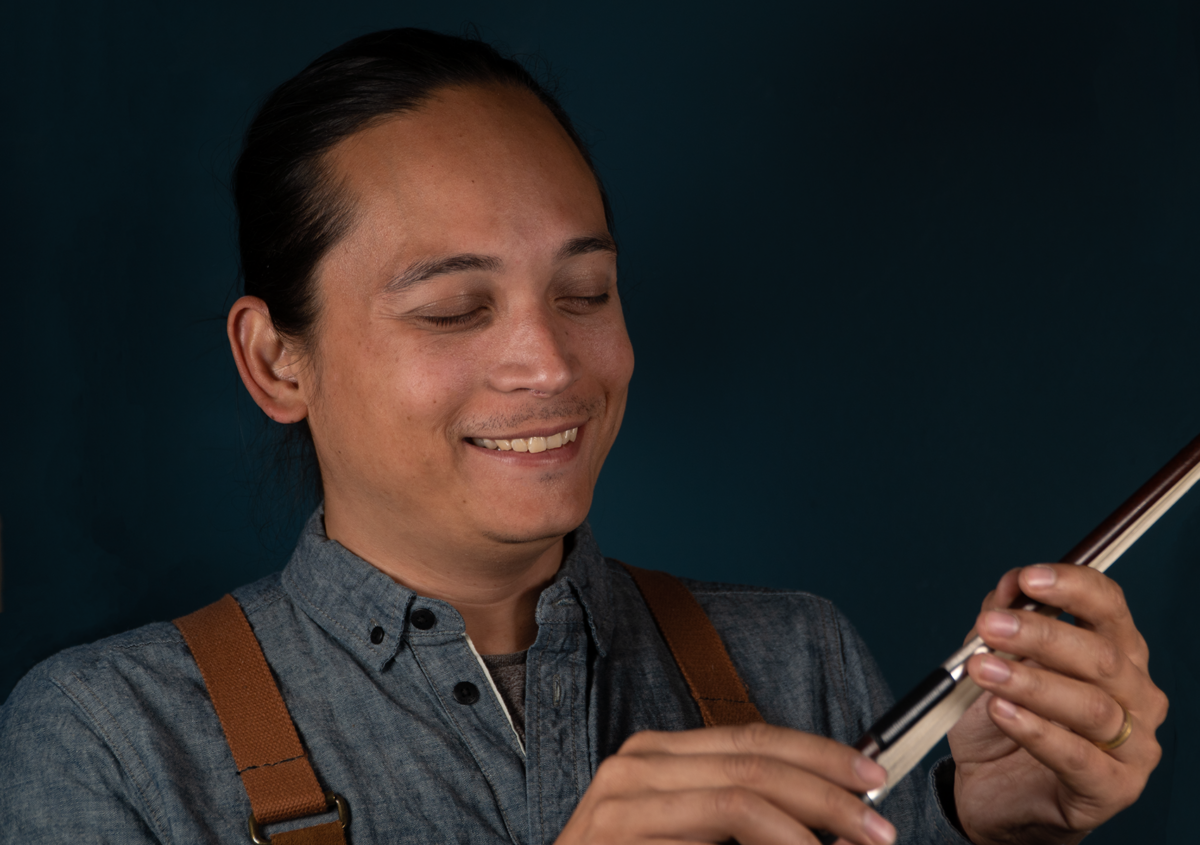The development of the bow

The bow is often underestimated, but only it brings the sound of bowed instruments to life. A good bow makes a huge difference both in terms of sound and playing technique!
A small excerpt from the history of the bow
The first bows were short sticks bent in a semicircle, to the ends of which the hair was tied in knots. The curvature of the stick automatically applied tension.
The development of the bow in the Baroque period is a story of trial and error, an interaction of craftsmanship and music, in the course of which a wide variety of bow models were designed, varied, and improved.
In the 16th and 17th centuries, the violin reached a level of perfection that triggered a musical revolution. Rapidly it emancipated itself from its despised origins: after all, it had long been considered an instrument of the common people, which, like its predecessors, was played primarily as a rhythm instrument on the dance floors of weddings and folk festivals. The first masters of violin making had not thought of an adequate violin bow, and so the late medieval models with which the fiddle and rebec had previously been played continued to be used. Many of these bows were pronounced rhythm instruments, strongly convexly bent, some only 20 to 30 cm short, and additionally limited in their playing possibilities by fist or underhand grip.
Who exactly made the bows in the Baroque era is not known, but the changes usually came from the musicians.
In Italy, Corelli introduced a bow with a longer stick, which allowed cantabile playing and more modifications in tone. This caught on and this entailed several structural changes, most notably raising the head to achieve even weight distribution and playability of the full length of the bow. Bows with lower bends became more popular until the straight or slightly concave shape was achieved.
Pernambuco & Tourte
The “invention” of the modern bow as it is still built and used today is attributed to Francois Xavier Tourte (1747-1835). Tourte brought the modern bow to perfection by taking the achievements of classical bow-making and perfecting them. He refined the shape of the head, equipped the frog with the D-ring, and perfected the shape of the stick to obtain ideal balance and weight. He was always guided by the growing demands of the great soloists of his time.
He used high-quality Pernambuco sticks for his bows. This material allowed him to create his physically highly complicated stick shape.
Pernambuco is the best and most popular wood for the stick and grows exclusively in Brazil. It is unsurpassed as a natural material to this day. It is relatively light, but at the same time very stiff.
In addition, when heated over a gas flame, the bow stick can be bent to follow the grain and retains this curvature over time. Today, almost all high-quality violin bows are made from this wood. However, the pernambuco wood has been under species protection for years because it is threatened with extinction due to the heavy clearing of the Brazilian rainforest Mata Atlantica. As a result, the tree may now only be felled in exceptional cases.
This is putting bow makers all over the world in a tight spot, with wood supplies dwindling. Bow makers, therefore, joined together in an initiative to preserve the Pernambuco tree by planting new trees.
Recent developments
Bows made of fiberglass and carbon have been manufactured since the 1960s and 1990s, and are now produced at a high level. Their invention is not least the answer to the shortage of high-quality Pernambuco. This is because stocks are declining due to the expansion of agricultural land and high levels of construction activity in its main Brazilian locations.
Bow hair
The hair we use comes preferably from horses from Siberia or Mongolia.
The bow hair is tested and selected for its thickness, length, elasticity, suppleness, homogeneity, color, and diameter.
Before the high-quality hair is put on the market, the hair is cleaned, disinfected, dried, combed, bundled, and selected and sorted by hand in several passes (at least six).
